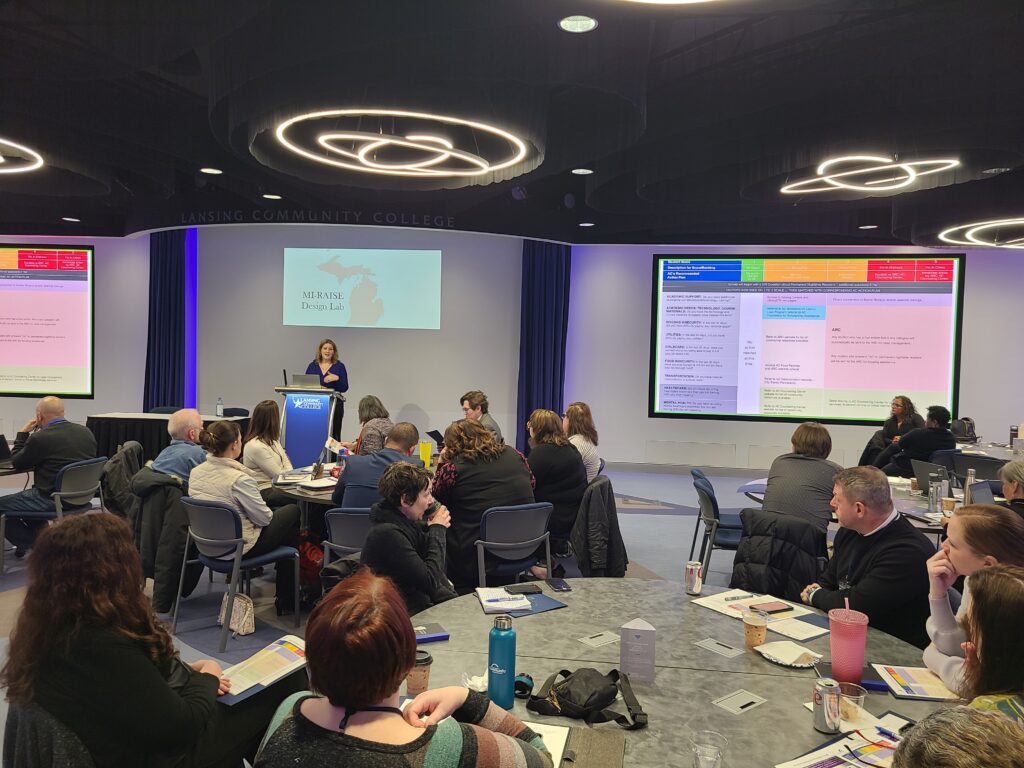As part of my role on the Forbes Technology Council, I am always eager to learn what Chief Executive Officers (CEOs) are reading to stay current with the latest and greatest technologies and insights. To help you save time, I created a list of their top-3 favorite books and articles along with a brief summary of my key take-aways. The hope is you can put these insights to work to improve how you think about a new technology or trend or help your organization adapt to the ‘new normal’.
Range: Why Generalists Triumph in a Specialized World
First on the list is the book, Range: Why Generalists Triumph in a Specialized World by David Epstein. This book was recommended by several Chief Information Officers (CIOs) due to the busted myth that prevails within the knowledge economy. David Epstein is a sportswriter by trade but dives into the research to show how we need more generalists and less specialists when it comes to technological innovation. Instead of specializing (especially early in your technical career), focus on exploring a set of diverse interests.
Epstein also concludes that it is healthy to “unlearn” something and “drop your tools” to find out what you don’t know. He cites NASA’s Challenger disaster as an example. It wasn’t that the engineers lacked sufficient data to make a call and abort the mission. One engineer had observed an equipment problem and had predicted the issue. According to the findings, the decision makers ignored his opinion because it was too ambiguous. “NASA’s technical culture viewed data as the tool that solved all problems. The powers that be couldn’t “drop” the tool and assess the problem using reason. This is helpful for CIOs and technical leaders to consider as we shift from a culture of “strict allegiance to hierarchical and procedure” to communicating more informally and encouraging doubt. The take-away is to listen to our teams, even as they share feedback and ideas about upcoming issues.
Human + Machine Reimagining Work in the Age of AI
Second on the list is the book, Human + Machine Reimagining Work in the Age of AI by Paul R. Daugherty and H. James Wilson. This book dispels the Hollywood myth of human vs. machine. The authors conclude it is really about a new mindset of thinking about humans + machines. While the manifestation of artificial intelligence (AI) is in robotics, co-bots, autonomous cars, and exoskeletons – AI is coming into our world to help humans. The robots are not intending to take our jobs and do us harm, they are here to help. The authors define AI with the center being machine learning (machines learning for themselves). The role of the human changes with these new technology advancements. We need to shift our mindset about AI to thinking of it as a new “work colleague”. When you first start working with a new colleague, you need to learn their habits and how to best communicate and work together effectively. The same is true in our mindset towards working alongside AI.
As studies have shown, AI augmentation will generate $2.9 trillion in business value and recover 6.2 billion hours of worker productivity by the end of 2021. My take-away from the book is to understand how to reimagine business and a new approach to work. My mindset needs to shift to begin thinking about AI as a new “work colleague” and understand that machines will help humans to be better and humans will help machines be better. One example of this is at Autodesk. Autodesk has built AI technology to filter out unrelated designs and present the human with a shorter list of 3D designs to begin working from. This is an AI model that was built simply to help the humans save time, similar to how a work colleague would provide some background information on a new project or technology.
How Business Disruption Can Accelerate a New Kind of Technology Leadership
Rounding out the top 3 is the HBR article and recorded Webinar – How Business Disruption Can Accelerate a New Kind of Technology Leadership. This article was based on the book “Competing in the Age of AI”, written by Harvard Business School professors Marco Iansiti and Karim Lakhani. The authors show how reinventing your leadership around data, analytics, and AI can remove constraints on growth. The take-away from this entire series is to learn from IKEA.
IKEA has been able to rebuild their entire company based on integrated data and AI. They centralized their pricing, their inventory, and their responsiveness to have new AI based product recommendations. They allowed central algorithmic intelligence to take over across all products and countries rather than allowing each country to operate autonomously. The results have allowed a new IKEA to emerge, which is thriving even in the midst of a global pandemic.
Next steps for you
As a leader within your organization, I encourage you to seek out these three resources. It seems more important now than ever that we need to learn from each other as we progress and continue leveraging technology to drive results. Please feel free to share other resources you have found valuable in the comments section below, and let us know what books are on your reading list for 2022.
Connect
Follow Mark on LinkedIn. Learn more about Michigan Software Labs.

{{cta(‘be643ac7-73e2-40f6-a7b2-7c5927924bf4′,’justifycenter’)}}


